Costa Rica
Central Standard Time (CST), UTC−6 year-round
No daylight saving – clocks stay constant all year
Typical sunrise ~05:00–05:30 (dry season) and sunset ~17:30–18:00
Correlates to Chicago time in winter; 1 hour behind US Central Daylight Time
Costa Rican Colón (CRC), symbol “₡”
US dollars commonly accepted in tourist zones; change in CRC
Credit/debit cards (Visa, Mastercard) accepted in urban areas; ATMs widely available
Service charge of 10% often added; customary gratuity 5–10%
September 15 – Independence Day (from Spain, 1821)
Major civic parades in San José, Alajuela, Cartago, Heredia and Puntarenas
Traditional dress (“traje típico”), folkloric dances, and concerts in town squares
Fireworks displays and communal “tocas” (outdoor gatherings with music & food)
Preparations begin weeks in advance; many businesses close for the holiday
Visa-Free Countries
Visa on Arrival Countries
E-Visa Countries
Visa Required Countries
Culture
Costa Rica’s identity revolves around Pura Vida, a philosophy celebrating optimism, community and environmental respect. Its multicultural roots combine Indigenous, Spanish, Afro-Caribbean and migrant influences, evident in festivals, cuisine and conservation efforts.
- Pura Vida Lifestyle: Used as greeting, farewell or to express satisfaction—reflects national pride and calm resilience.
- Festivals & Holidays: Días de la Luz in December honors renewable energy; Feria de los Santos in Cartago blends Catholic and folk traditions.
- Culinary Traditions: Gallo pinto breakfasts, casado lunch plates, and coconut-infused Caribbean dishes. Coffee culture runs deep—tours at Tarrazú and Central Valley plantations.
- Arts & Music: Marimba and oxcart parades; Afro-Caribbean Calypso and Reggae along Limón’s coast; vibrant street art in San José districts.
- Environmental Ethos: First country to abolish its army (1948); 26 % of land under protected parks and reserves; strong ecotourism and recycling programs.
- Education & Welfare: Literacy rate >97%; universal healthcare system (“Caja”); stable democracy with regular elections since 1889.
Tourism & Best Sites to Visit
Known as a biodiversity hotspot, Costa Rica offers volcano treks, cloud-forest canopy tours, surf breaks and wildlife safaris. Whether you seek adrenaline or relaxation, every region offers unique attractions.
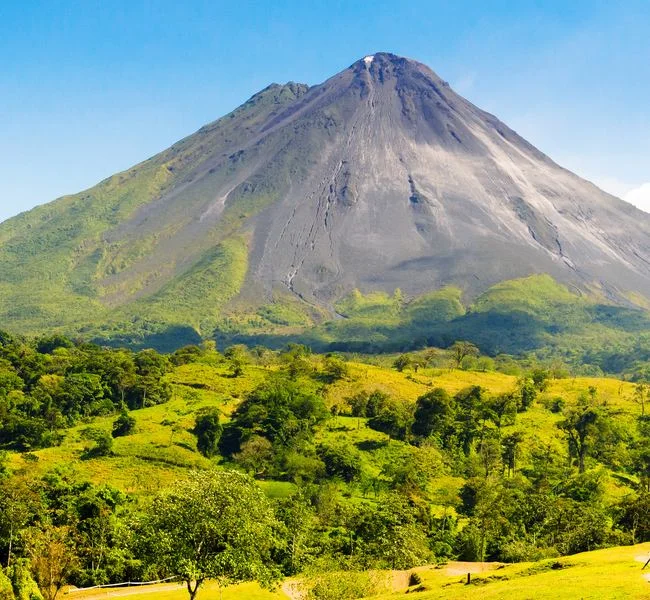
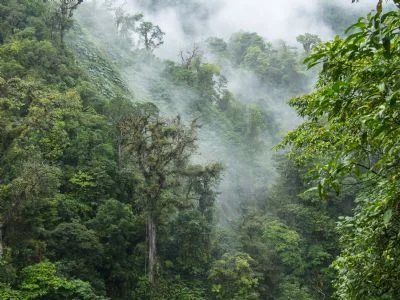

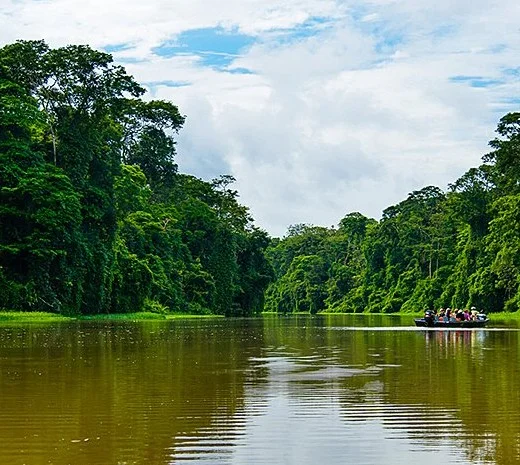
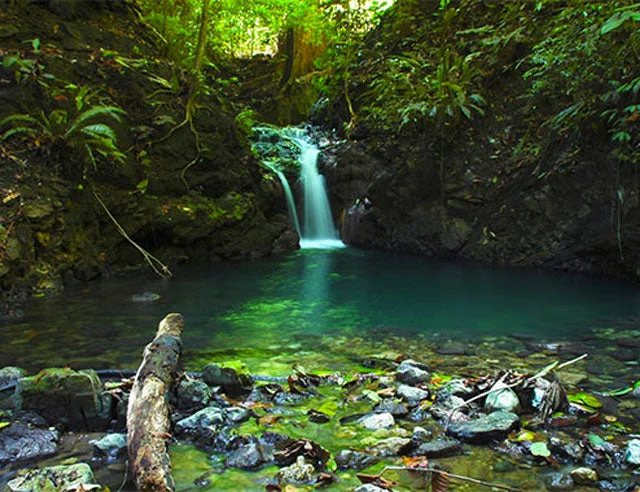
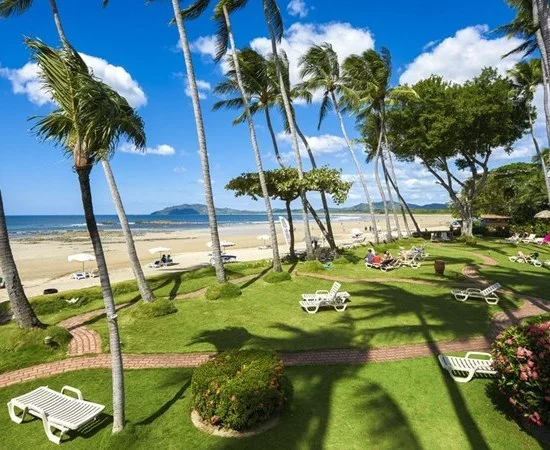
Transportation
Costa Rica’s road network links all provinces, but terrain and weather can affect travel times. Options range from local buses to private shuttles, rental 4×4s and small aircraft.
- Public Buses: Operators like TUASA and ALSA cover urban and intercity routes; fares paid in cash (CRC) on board.
- Shuttle Services: Companies such as Interbus and Gray Line provide door-to-door vans—book in advance, especially in high season.
- Car Rentals: Recommended for flexible itineraries; 4×4 vehicles advised for unpaved roads and rainy season.
- Domestic Flights: Sansa and Volaris Costa Rica link San José (SJO), Liberia (LIR) and smaller airstrips (TTQ, XMN); 30–50 min flights.
- Taxis & Ride-hailing: Licensed red taxis in San José; Uber and DiDi operate with local rates; insist on meter usage.
- Boat Transfers: Seasonal ferries to Nicoya Peninsula (Paquera–Puntarenas) and manual river canoes in Tortuguero.
Airports
Two main international gateways plus regional airstrips ensure rapid transfers to remote destinations. Pre-clear US customs at SJO for direct US arrivals.
- Juan Santamaría Intl. (SJO): 17 km W of San José; carriers include American, Delta, United, Air Canada and European airlines.
- Daniel Oduber Quirós (LIR): In Liberia, Guanacaste; serves seasonal charters from Europe and North America, plus domestic flights.
- Tobías Bolaños (SYQ): Small airport near San José for Sansa and charter flights to Arenal, Monteverde, Tortuguero.
- Regional Airstrips: Drake Bay (DRK), Quepos (XQP), Golfito (GLF) and Palmar Sur (PMZ); useful for eco-lodges and remote parks.
Visa & Travel
| Nationality / Region | Entry Status | Max Stay | Key Requirements |
|---|---|---|---|
| USA, Canada, UK, EU, Switzerland, Japan, Australia | Visa Free | Up to 90 days | Passport valid ≥6 months, return/onward ticket |
| Latin America (e.g., Mexico, Brazil, Argentina) | Visa Free | Up to 90 days | Valid passport; some nationals require proof of funds |
| China, India, Russia, Vietnam | Visa Required | Varies by bilateral agreement | Apply at CR embassy; invitation letter, bank statements, travel itinerary |
| Digital Nomad Visa | E-Visa/E-Permit | Up to 12 months (renewable) | Online form; proof of ≥$3 000 USD monthly income; health insurance |
| Transit (all nationalities) | Transit Allowed | ≤12 hours | Confirmed connecting flight, valid onward ticket |
Health Alert: Yellow fever vaccination certificate required if arriving from endemic countries. Carry dengue/malaria precautions in coastal rainforest areas.
Customs: Duty‐free allowance: 200 cigarettes, 50 cigars or 0.5 kg of tobacco; up to $500 USD of goods per adult.
Safety Tips: Generally safe—remain vigilant in crowded markets and beach towns; avoid unlit areas at night.
Money Matters: Banks open Mon–Fri 08:30–15:00; ATMs dispense both CRC and USD; avoid unlicensed money changers.
Local Etiquette: Greet with a handshake and “¡Pura vida!”; dress modestly in rural/indigenous territories; respect park regulations and wildlife.

